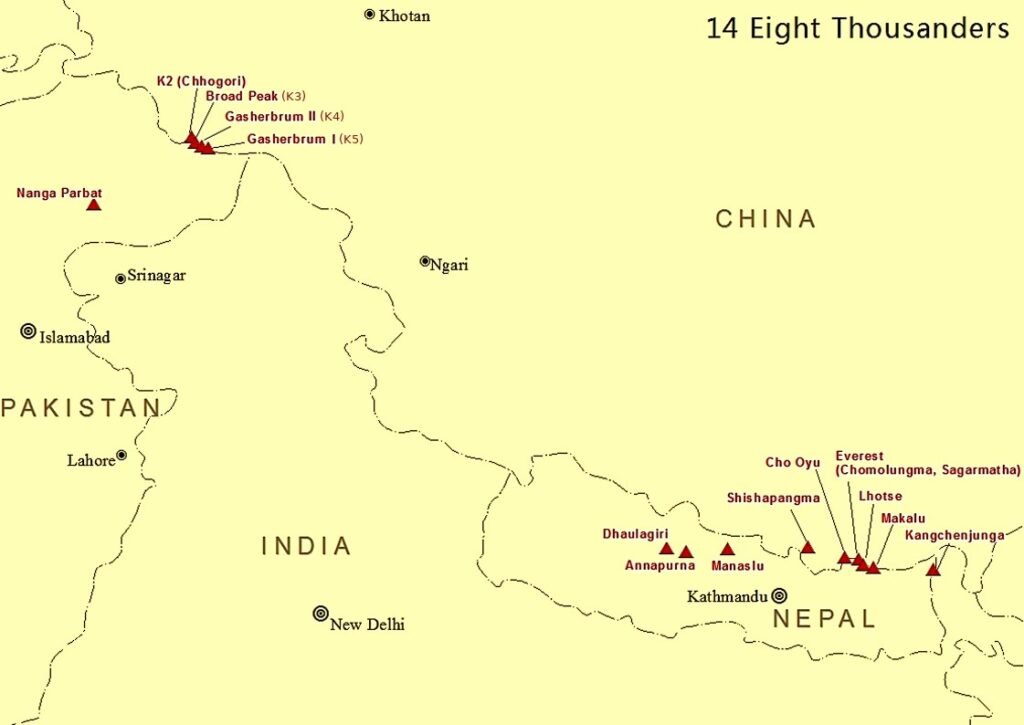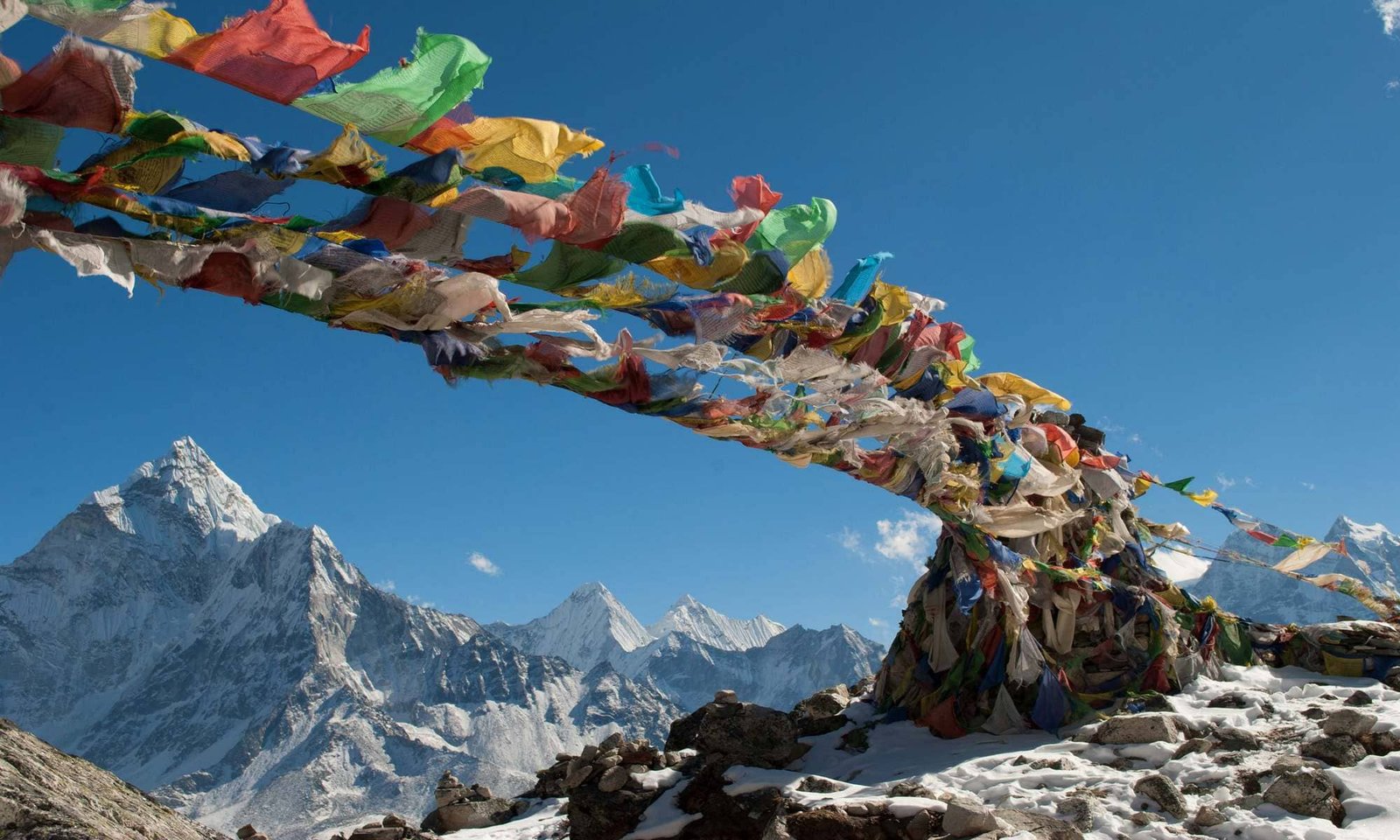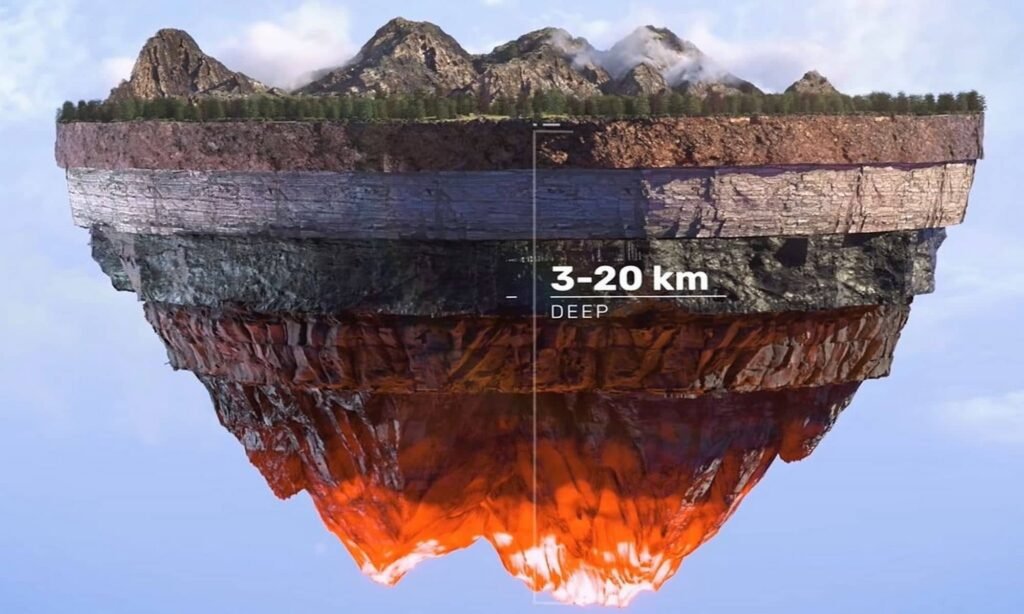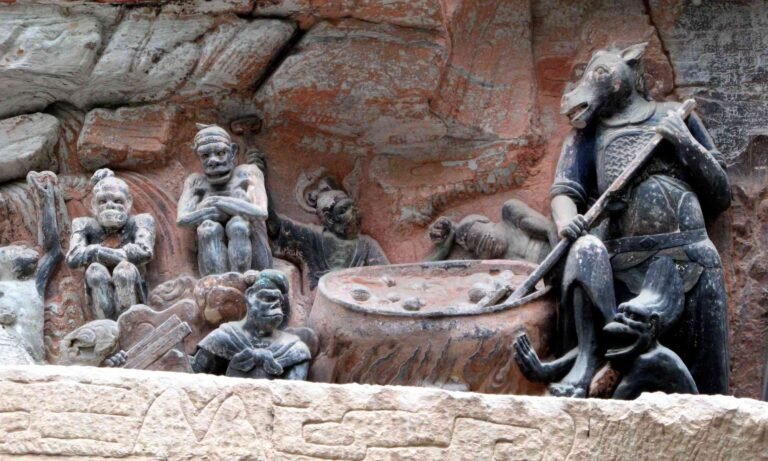The term “Eight-Thousander” refers to the 14 Mountain Peaks that surpass an elevation of 8,000 meters (26,247 feet) above sea level. Most of these formidable giants are located primarily in the Himalayas and the Karakoram ranges, which stretch across several countries including Nepal, India, and Pakistan. The allure of the eight-thousanders extends beyond mere height; they symbolize ultimate challenges in the realm of mountaineering, attracting climbers and adventurers from around the globe.
The eight-thousanders include renowned peaks such as Mount Everest, K2, and Kangchenjunga, which represent not only the physical challenges presented by their extreme altitudes but also the rich cultural significances they hold in various regions. These mountains are often considered sacred by local communities, adding a profound spiritual dimension to their majestic landscapes. Climbers who attempt to summit these peaks must confront extreme weather conditions, altitude sickness, and the arduous technical aspects of high-altitude mountaineering. As such, successful ascents are celebrated as momentous achievements in the climbing community.
Historically, the exploration and ascension of the eight-thousanders have yielded significant advancements in mountain climbing techniques, safety protocols, and international cooperation among climbers. The first successful ascent of an eight-thousander was achieved in 1950 when a French expedition reached the summit of Annapurna I. Since then, climbing these peaks has become a prestigious ambition for many mountaineers, often viewed as the pinnacle of achievement in their careers.
Undoubtedly, the lure of the eight-thousanders continues to inspire and challenge climbers, offering them opportunities to test their capabilities against some of the world’s most daunting and awe-inspiring terrains. Each successful ascent contributes to the ever-evolving story of human endurance and tenacity in the pursuit of reaching new heights.
Comparing Extremes: Eight-Thousanders vs Ocean Depths
The Earth is defined by its extremes, particularly the towering eight-thousanders and the profound ocean depths, such as the Challenger Deep in the Mariana Trench. The juxtaposition of these two remarkable phenomena reveals not only their staggering measurements but also their scientific significance and the physical conditions that characterize them.
The colossal mountains were formed primarily through tectonic activity, where the collision of continental plates causes visible uplifts. Conversely, ocean depths result from the subduction of tectonic plates, where one plate is forced beneath another, creating some of the most extreme environments on Earth.
Accessibility to these extremes varies significantly. Climbing an eight-thousander often requires extensive preparation, specialized equipment, and physical endurance due to harsh weather conditions, altitude sickness, and the risk of avalanches. In contrast, deep-sea exploration presents its own challenges, including the immense pressure, darkness, and cold temperatures that can reach near-freezing point. Venturing to such depths requires advanced technology, such as submersibles or remotely operated vehicles, illustrating the drastic measures needed to explore these environments.
Both locations present unique dangers and exhilarating human experiences. Climbing high altitudes often results in increased risk of altitude sickness and exposure-related injuries, while deep-sea divers confront the potential for decompression sickness and equipment failures. Despite their inherent risks, the pursuit of reaching these extremes drives many adventurers and scientists alike, creating a profound connection to the planet’s most majestic formations, both above and below the world’s surface.
Challenges of Climbing the Eight-Thousanders
Climbing the eight-thousanders presents numerous challenges that can test the limits of even the most seasoned mountaineers. One of the most significant threats to climbers is altitude sickness, which can onset at elevations above approximately 2,500 meters. At these altitudes, the body struggles to acclimatize due to the reduced oxygen levels. Symptoms can range from mild headaches and nausea to life-threatening conditions such as High Altitude Pulmonary Edema (HAPE) and High Altitude Cerebral Edema (HACE). Effective acclimatization strategies are crucial for reducing the risk of altitude-related illnesses during such ascents.
Extreme weather conditions further complicate the ascent of these towering peaks. Climbers encounter harsh temperatures, fierce winds, and the potential for sudden storms that can create treacherous conditions at high altitudes. Consequently, having the appropriate gear and clothing is vital to withstand the frigid atmospheres and protect against frostbite or hypothermia. Understanding weather patterns and planning climbs during favorable seasons can significantly improve safety and success rates.
Avalanches pose another perilous challenge to climbers attempting to navigate the eight-thousanders. These natural hazards can occur suddenly, often triggered by climatic fluctuations or climbers’ movements. Avalanche safety awareness and techniques are paramount for those who venture into these environments, making it essential for climbers to possess advanced technical skills. Navigating crevasses and ensuring safety while roped with fellow team members requires experience and knowledge of climbing techniques.
The high fatality rates associated with climbing the eight-thousanders underscore the serious risks involved. With many climbers facing dire consequences due to accidents or health-related issues, thorough preparation, training, and an honest assessment of one’s capabilities are essential for anyone considering such extraordinary endeavors. In addition, ongoing education and climbing experience are imperative to enhance safety and effectively manage the challenges presented by these magnificent yet daunting giants.
“It is in moments of adversity that our true character is revealed.”
– Nirmal Purja
The Legacy and Stories of the First Ascents
The first ascents of the world’s eight-thousanders represent a remarkable chapter in the history of mountaineering, showcasing human ingenuity, perseverance, and courage in the face of formidable challenges. These towering peaks, which rise above 8,000 meters, not only test the physical limits of climbers but also the mental and emotional resilience required to succeed in such extreme conditions. The pioneering expeditions are often marked by harrowing journeys through treacherous terrain, as climbers sought to conquer the world’s highest summits. One of the most notable early climbs was the ascent of Annapurna in 1950, achieved by Maurice Herzog and Louis Lachenal. This expedition, which was fraught with peril, not only marked the first successful ascent of an eight-thousander but also served as a catalyst for future climbs. The challenges faced by Herzog and his team, including severe weather and altitude sickness, highlighted the inherent risks associated with high-altitude mountaineering and ignited the passion for exploration among climbers globally.
Similarly, the 1953 ascent of Everest by Sir Edmund Hillary and Tenzing Norgay stands as a monumental event in climbing history. Their successful summit on May 29, 1953, symbolized a defining moment for mountaineering and inspired countless adventurers to take to the peaks. This ascent not only demonstrated the potential for human achievement on the highest mountains but also represented the spirit of cooperation between climbers from different cultures, reinforcing the unity within the mountaineering community. As the years progressed, the legacy of these first ascents evolved, reflecting contributions from climbers around the world. Each ascent carries with it a unique story of determination and sacrifice. From the technical challenges faced on K2 to the harsh conditions encountered on Kangchenjunga, these narratives continue to shape the ethos of mountaineering, inspiring generations of climbers while celebrating the incredible feats of those who blazed the trails on our planet’s highest summits.
Environmental and Ethical Considerations

The pursuit of climbing the world’s eight-thousanders is not only a testament to human endurance and ambition but also carries significant implications for environmental sustainability. As climbers target these towering summits, they must recognize the escalating challenges posed by climate change. Retreating glaciers, shifting weather patterns, and diminishing biodiversity are affecting both the ecosystems surrounding these peaks and the climbing conditions themselves. The fragility of these high-altitude environments necessitates immediate attention from the climbing community to ensure that their exploration does not exacerbate existing problems.
Preserving the ecosystems of the eight-thousanders is paramount. These regions house unique flora and fauna, many of which are sensitive to even slight changes in their environment. Climbers should be advocates for sustainability, adopting ‘leave no trace’ principles to minimize their ecological footprint. This includes proper waste management strategies, as litter and human waste remain significant issues on popular routes. Increasing the awareness of responsible climbing practices is essential, not only amongst climbers but also within the wider community that supports outdoor adventure tourism.
Ethical considerations in climbing cannot be overlooked. Respecting local cultures and traditions is critically important as climbers navigate through indigenous lands. Engaging with local communities, understanding their values, and contributing positively can foster mutual respect and support. Climbers can play a role in promoting sustainable tourism practices by choosing to support local guides and businesses, thereby enhancing economic benefits for these communities.
What’s More

My Blog ( 110 )
Dependence (10) Fiction (9) Karma (9) Landmarks (10) Paramount (9) Spectrum (9) Spotlight (9) Take Off (9) Terra Shapes (9) Trepidation (9) Unique (9) Virtue (9)
Amazing Stuff (9) Beyond Known (9) Controversial (9) Digital World (10) Inequities (10) Innovative (9) Metaphysics (9) Orbiting Entities (10) Our Society (10) Outer Space (9) Value Creation (10) Yearnings (10)

My Interests ( 114 )
Site Forum
Curious to dive deeper and ready to share your thoughts on this? Join the conversation and be part of the FORUM@ericroth.org Your online discussion board providing space for engaging exchanges on specific topics and shared interests across this website.














